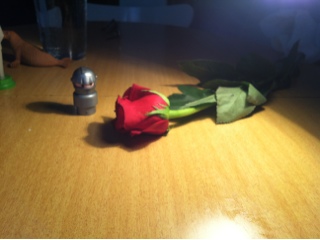Note: This is for Painting 2 class, NOT Watercolor 1...
PROJECT3: Visit a museum or gallery.
Focusing on a group of works, or exhibition, critically discuss your experience as a viewer (this does not have to be a painting) and critically analyze the work being shown. In other words, discuss how the work is presented, your experience of the work (good or bad, with reasons for both), and focus on one piece in the exhibition to write about further.
As you begin to think about this, try to approach your viewing as a "cold read"....
take note of anything- the room temperature, the smell, the way the work is hung, the paint color on the walls, etc. ALL of these elements point to and dictate your viewing of the work and should have been considered by any artist or curator worth his or her salt. If it doesn't work, let 'em have it!
THIS is what I'm talking about:
This is a great site in general to see what's happening in the art world, written in a very straightforward way. (artfagcity). The link below is to one of the articles in the reviews section- a great example of how to look at and approach art- and not to be afraid of stating supremely obvious things (like the smell of the gallery!). These reviews are offbeat, funny, scathing and truthful- check them out!:
http://www.artfagcity.com/2013/03/05/we-went-to-bushwick-with-gawkers-adrian-chen-part-2-of-2/
Also, for more local info, go to:
http://www.bigredandshiny.com/cgi-bin/BRS.cgi
scroll down, click on events and listings for local exhibitions.













































